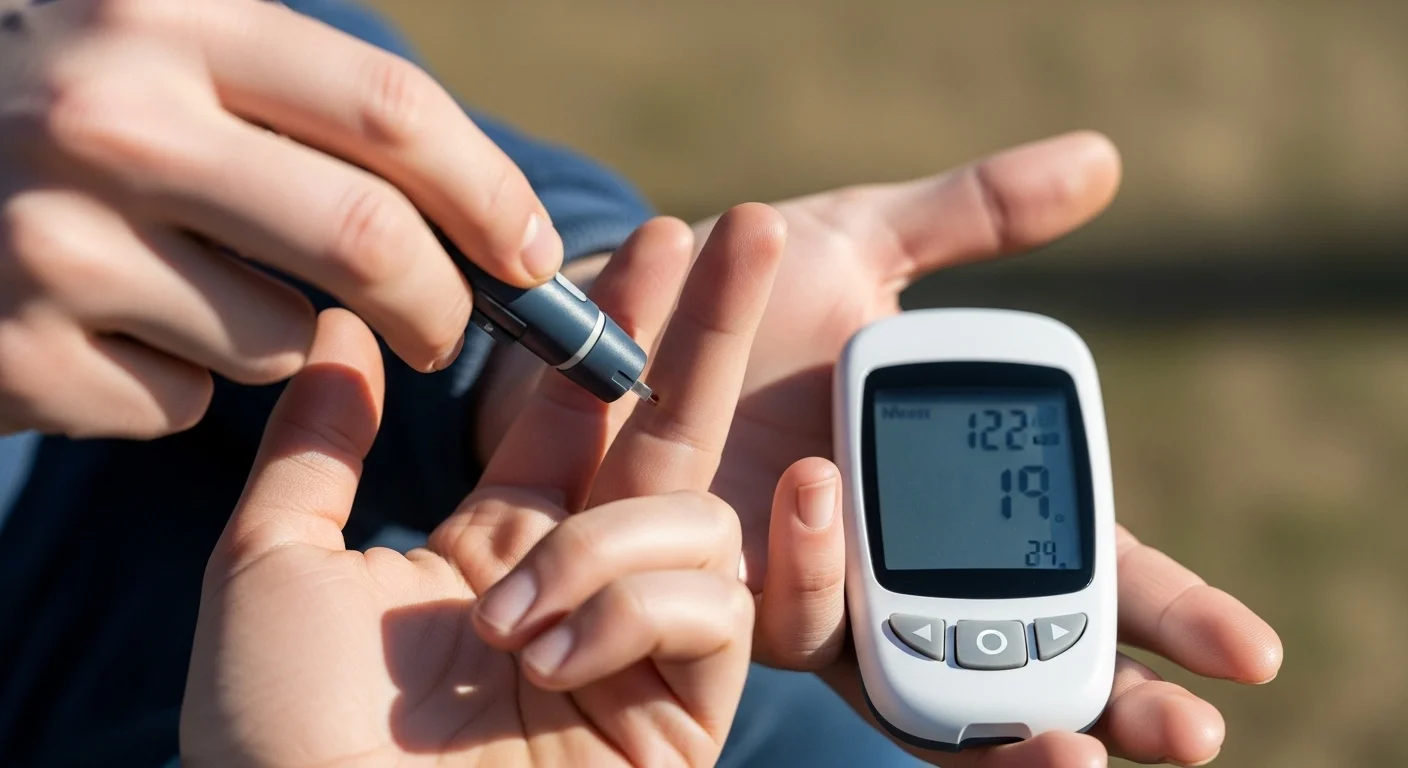Hidden Dangers: Foods Marketed for Blood Sugar Control That Could Be Hurting You
Being told you have high blood sugar after a health checkup can be alarming. If you’re in the pre-diabetic stage, managing your blood sugar becomes crucial to prevent the development of full-blown diabetes. Diet and exercise are fundamental, but it’s easy to be swayed by advertisements and turn to health foods that can inadvertently raise your blood sugar levels. Let’s re-examine blood sugar control for diabetes prevention and management.
The Allure of "Blood Sugar Friendly" Foods
Many foods are marketed as beneficial for blood sugar control, leading people to incorporate them into their diets. However, it’s important to be aware of potential pitfalls.
Concentrated Extracts: A Double-Edged Sword
Often, individuals consume concentrated extracts of certain foods believing they will lower blood sugar. For example, some might consume concentrated juice from a specific vegetable known for its fiber content. While this vegetable is rich in a type of dietary fiber called inulin, which can improve blood sugar control, lower cholesterol, and promote gut health, it also contains calories and carbohydrates.
The problem arises when people consume these concentrated extracts in addition to their regular diet, without adjusting their intake of other foods or increasing their physical activity. These concentrated forms often pack a higher calorie and carbohydrate punch than the whole food, potentially negating any blood sugar benefits.
The Importance of Reading Labels on Processed Foods
Many processed foods are marketed as healthy options, but can actually be detrimental to blood sugar control.
Decoding Nutrition Labels: A Must-Do
When it comes to factory-made products, the nutrition information per serving (e.g., 100g, 100ml, or one serving) is usually listed. It’s crucial to pay close attention to the serving size, the number of servings per package, and how much you’re actually consuming.
Specifically, focus on the total carbohydrate content, which includes dietary fiber, sugars, and starches. Understanding the total amount of carbohydrates and sugars in a product is vital for managing blood sugar. Health organizations generally recommend limiting sugar intake to less than 10% of your daily calorie intake to prevent chronic diseases.
The Truth About Sugar Restriction
Completely eliminating sugary foods when trying to manage blood sugar is often unrealistic. Moderation is key.
Strategic Indulgence: Timing is Everything
If you’re going to consume sugary treats, do so in moderation and consider the "exchange unit" – adjust your intake of other carbohydrate-containing foods accordingly. Remember that sugary foods like sugar, honey, sweet red bean paste, and chocolate are typically high in calories and low in other nutrients.
Instead of consuming sugary foods on their own, incorporate them as part of a meal or snack. Be cautious of products advertised as sugar-free, as they may still contain small amounts of sugar.
Exercise and Blood Sugar: Timing Matters
The best time to exercise for blood sugar control is typically 30 minutes to 1 hour after a meal, when your blood sugar starts to rise.
Post-Meal Movement: The Ideal Window
Walking and other forms of physical activity during this period can help regulate blood sugar levels. Activities that engage the lower body muscles, such as squats and stair climbing, are particularly effective. Strong thigh muscles are beneficial for diabetes prevention and management.
Individuals with diabetes should avoid exercising on an empty stomach or before meals, as this can lead to low blood sugar (hypoglycemia).
Dietary Recommendations: The Foundation of Control
Focus on a diet rich in whole grains, vegetables, and lean protein like fish. The fiber in vegetables helps to slow down the absorption of sugar and reduce triglycerides.




